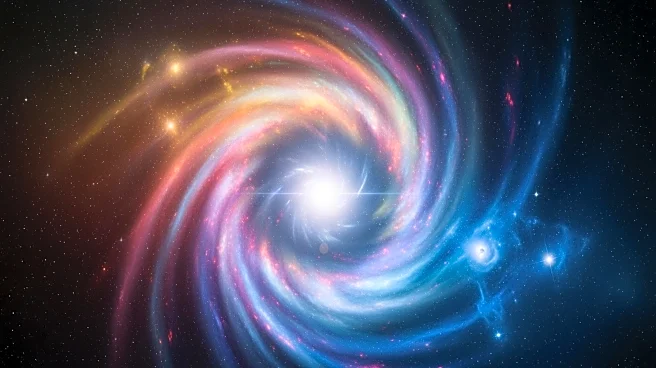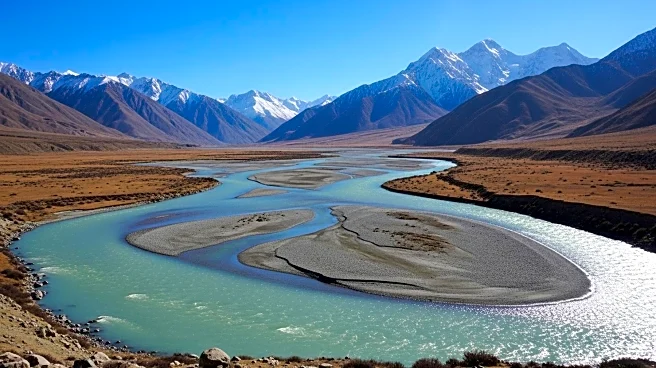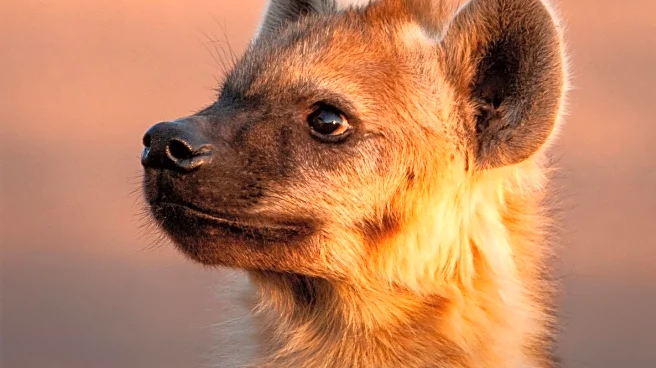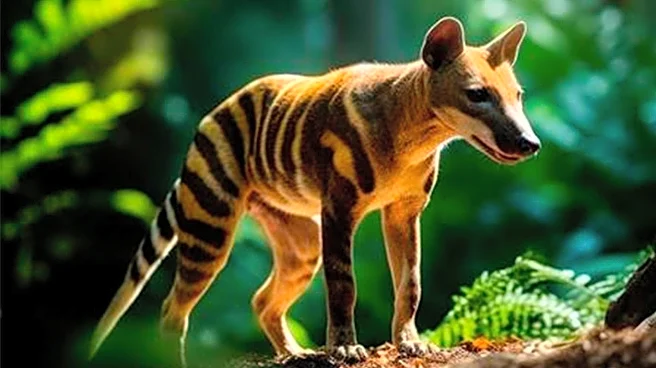What's Happening?
Research from the University of York indicates that human activities are driving extinctions at a rate not seen since the mass extinction of the dinosaurs 66 million years ago. The study compares current extinction rates to historical events, suggesting
that human impact could lead to a mass extinction if current trends continue. The loss of biodiversity is attributed to human expansion and environmental changes, with iconic species like the Tasmanian tiger and dodo already lost.
Why It's Important?
The potential for a human-driven mass extinction poses significant threats to global biodiversity and ecosystems. The loss of species can disrupt ecological balance, affecting food chains and natural resources. This situation highlights the urgent need for conservation efforts and sustainable practices to preserve biodiversity. The research underscores the role of humans as a defining force in Earth's history, with the power to alter the planet's future.
What's Next?
The study calls for immediate action to mitigate human impact on biodiversity. Conservation strategies and environmental policies will be crucial in preventing further species loss. Researchers and policymakers may focus on sustainable development and habitat protection to address the challenges posed by human activities.
Beyond the Headlines
The ethical implications of human-driven extinctions raise questions about humanity's responsibility to protect the planet's biodiversity. The research highlights the need for a global commitment to environmental stewardship and sustainable practices. This situation may lead to increased advocacy for conservation and awareness of the interconnectedness of human activities and natural ecosystems.













